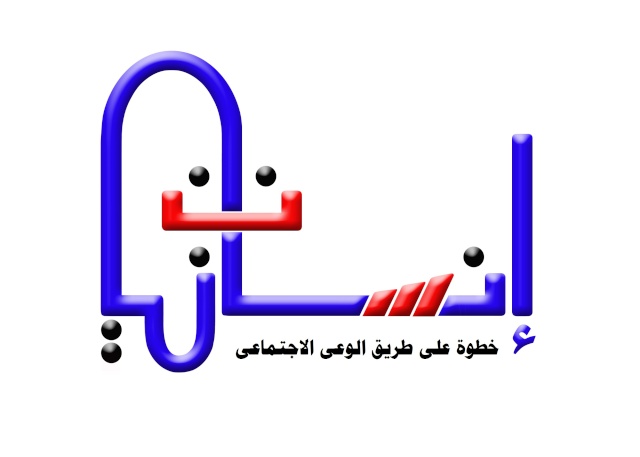د. فرغلى هارون
المدير العـام

 عدد الرسائل : 3278 عدد الرسائل : 3278
تاريخ التسجيل : 07/05/2008
 |  موضوع: Clinical Course of Children with a Depressive Spectrum Disorder and Transient Manic Symptoms - PhD موضوع: Clinical Course of Children with a Depressive Spectrum Disorder and Transient Manic Symptoms - PhD  13/3/2010, 3:50 pm 13/3/2010, 3:50 pm | |
|

Clinical Course of Children with a Depressive Spectrum Disorder
and Transient Manic Symptoms

By Nadkarni-DeAngelis, Radha Bhaskar
Doctor of Philosophy, Ohio State University, Psychology, 2009.
Pages: 93p.
382.70 kB AbstractThe present study (Multi-family Psychoeducation Group) provides 18-month longitudinal follow-up of children diagnosed with depressive spectrum disorder (DSD; major depressive disorder and/or dysthymic disorder) who present with clearly demarcated transient manic symptoms (TMS) of insufficient number or duration to be diagnosed with a bipolar spectrum disorder (BPSD; Bipolar-I, Bipolar-II, Cyclothymia, Bipolar-Not Otherwise Specified). Assessments were conducted at four time points, baseline (Time 1), 6 months (Time 2), 12 months (Time 3) and 18 months (Time 4). At Time 1 there were 115 participants in the BPSD group, 37 in the DSD + TMS group, and 13 in the DSD group. Due to sample attrition in the DSD + TMS and DSD groups, at Time 2 these two groups had 38 participants, at Time 3, 35 participants, and at Time 4, 33 participants. Measures that assessed socio-demographic variables, IQ (Kaufman Brief Intelligence Test), mood and co-morbid diagnoses (Children’s Interview for Psychiatric Syndromes – Child and Parent form [ChIPS/P-ChIPS]), clinical presentation (Mania Rating Scale, Children’s Depression Rating Scale – Revised, Children’s Global Assessment Scale, duration of prodromes), family environment (Coddington’s Life Events Scale, Expressed Emotion Adjective Checklist) and family history (Family History Research Diagnostic Criteria, Parental Mood Severity Index [calculated using Hamilton Rating Scale for Depression and Mania Rating Scale]) were collected at Time 1. I hypothesized that: 1) at Time 1, children with DSD + TMS will have lower C-GAS scores than children with DSD but higher scores than children with BPSD; 2) children with DSD + TMS at Time 1 will convert to BPSD at follow-up at a higher rate than children with DSD at Time 1; 3) conversion rates differed will not differ for DSD + TMS participants regardless of treatment status; 4) children with DSD + TMS at Time 1 who convert to BPSD at follow–up (converted group) will have greater impairment in clinical presentation, family environment and/or family history compared to children with DSD + TMS at Time 1 who do not convert (non-converted group). A secondary hypothesis was: the converted group will be more impaired on components of clinical presentation, family environment and/or family history than the non-converted group. Hypothesis 1, 3 and 4 were not supported. Hypothesis 2 was supported. The conversion rate from DSD + TMS to BPSD was 48% whereas the conversion rate from DSD to BPSD was 12.5% suggesting that TMS in a DSD population is a risk factor for conversion. This is particularly important, as pharmacologic treatments for children with depression and/or ADHD can destabilize children with bipolar disorder (Geller et al., 1992; Reichart & Nolen, 2004). Contrary to the hypothesis, for DSD + TMS participants, the one year wait-list control group (WLC) conversion rate was 60% whereas the immediate treatment group (IMM) conversion rate was 16% suggesting that psychosocial treatment may be beneficial. The secondary hypothesis was supported only for C-GAS scores. The converted group had lower C-GAS scores at Time 1 than the non-converted group. Clinical descriptions of converters and non-converters, limitations, clinical implication and future research ideas are discussed. | |
|
